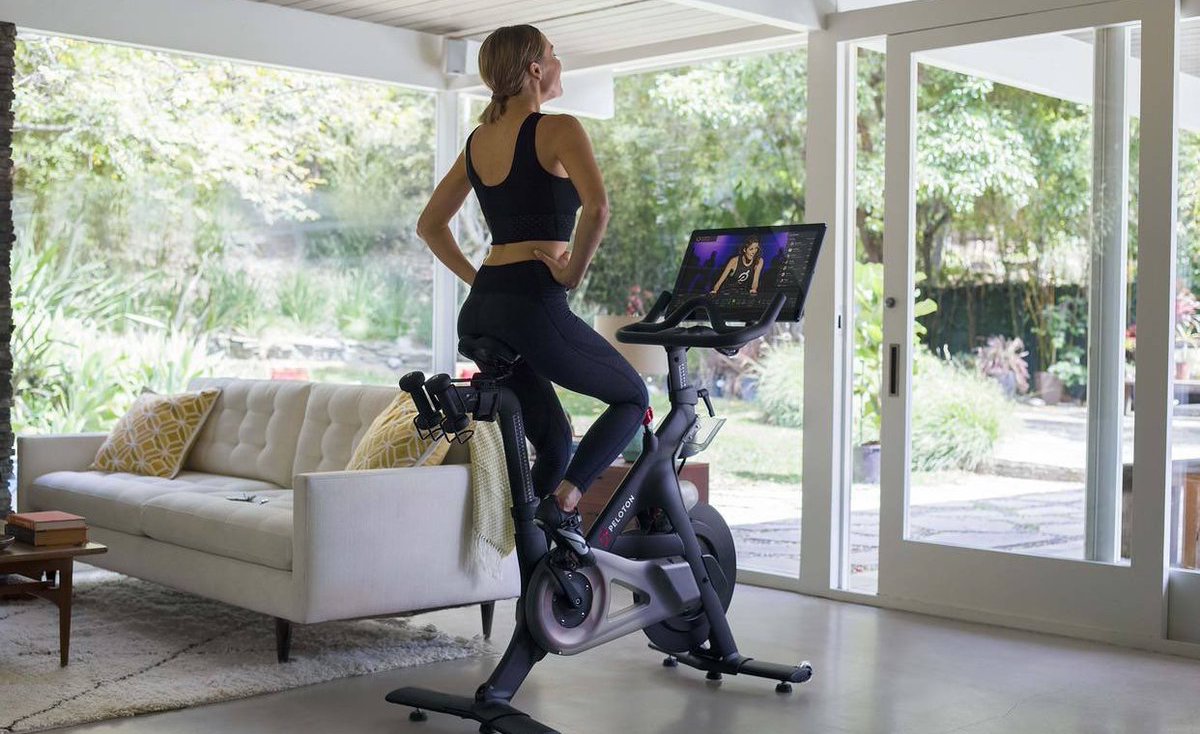Product Gravity
Quick challenge: Can you name all of the apps on your smartphone’s home screen without looking?
Now consider your living room - can you name most of the physical products?
If you’re like most of us, you probably have a television, a gaming console like a PS5, maybe an AppleTV or Roku, and if you’re into home fitness, a Peloton or Mirror. They sit on your media console. Next to your television. In the corner looking out the window. Waiting silently. Beckoning you to engage.
The typical silicon valley mantra over the past decade has been that hardware is hard and the margins are unforgiving. An industry best to be avoided. And by and large this belief was correct, until recently.
With the advent of internet connected devices and subscription business models, hardware is experiencing a renaissance through cloud connectivity.
Companies like Peloton, Mirror, as well as your AppleTV and your gaming console have all figured out ways to provide enhanced internet-enabled content & community experiences using physical hardware as a trojan horse to infiltrate your living room.
When you consider the consistent presence of a beautifully designed physical product in a home - you almost can’t put a price tag on its marketing power. I’ve known people who purchase iMacs just because of the way they make a room feel - even though the computer is rarely used. You can’t tell me the Apple brand isn’t silently permeating that household.
Now that connected hardware is able to leverage high margin subscription business models, expect to see more innovation in connected, beautifully designed hardware around your home.
Many of the new exercise apps on the iPhone are missing an important opportunity to establish a type of “gravity” in the living room. They’re trying to leverage push notifications and instagram ads to get user attention - but most of us are so inundated with ads and push notifications, we’re never going to notice. They should be building hardware accessories that enhance application experiences and integrate naturally into our physical space.
As we walk around the house, we can’t ignore the beautifully designed stationary bike. Or the well placed mirror on the wall, silently reminding us there are thousands of livestream classes and workout buddies available instantaneously.
Application developers need to be thinking beyond the screen and claiming physical space in our lives. It might cost more money to get into someone’s living room - but it’s also more difficult to get rid of a 60kg carbon steel stationary bike than it is to delete an application from your smartphone.
